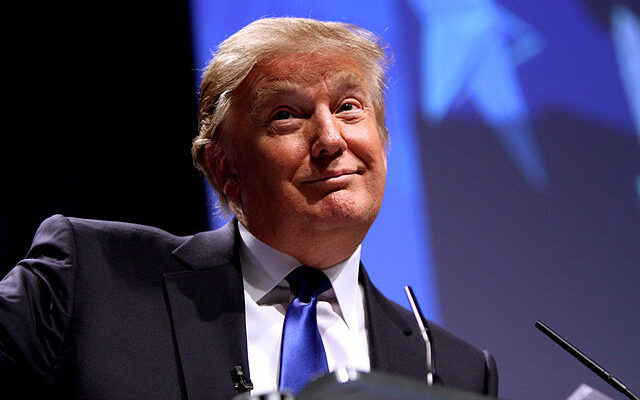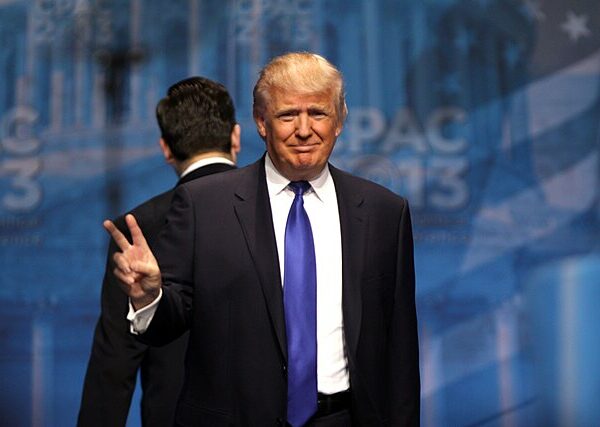
Americans received good news on Friday. Wholesale inflation in the United States declined more sharply than expected in March, offering a tentative signal that price pressures may finally be easing, according to CNBC. But the outlook remains complicated by President Donald Trump’s abrupt trade maneuvers, which have unsettled markets and introduced new layers of economic uncertainty.
The Bureau of Labor Statistics reported that the Producer Price Index (PPI)—a key measure of wholesale prices—fell 0.4% on a seasonally adjusted basis, the steepest monthly drop since October 2023. The decline surprised economists, who had anticipated a 0.2% increase. Core PPI, which strips out volatile food and energy categories, declined 0.1% against forecasts of a 0.3% gain. A narrower version of the index that also excludes trade services inched up just 0.1%.
The bulk of the drop in producer prices came from a 0.9% decline in goods, led by a staggering 11.1% fall in gasoline costs. Service prices also retreated by 0.2%. Despite these short-term declines, underlying inflation pressures remain elevated. Over the past 12 months, headline PPI has risen 2.7%, while the more stable core index—excluding food, energy, and trade—has climbed 3.4%.
Financial markets responded with cautious optimism. Stock futures and Treasury yields ticked up following the data release, with investors interpreting the figures as a possible turning point in the Federal Reserve’s inflation fight. Still, the annual readings remain above the Fed’s 2% target, leaving the timing of future rate moves uncertain.
Adding to the complexity is the Trump administration’s new trade agenda. Earlier this week, the president announced a blanket 10% tariff on all imports, alongside additional levies targeting several key trading partners. Although a 90-day pause was later introduced to allow for negotiations, the initial announcement sent shockwaves through global markets and raised fresh concerns about supply chain disruptions and retaliatory measures.
In a separate report also released Thursday, the Bureau of Labor Statistics showed that the Consumer Price Index (CPI) fell by 0.1% in March, bringing the annual inflation rate down to 2.4%. Core CPI, which excludes food and energy, declined to 2.8%—its lowest level since 2021. The parallel declines in both wholesale and consumer prices suggest inflation may be cooling across multiple levels of the economy.
The inflation data provides welcome relief for the Fed and for consumers, and it should give the Trump administration more room to implement its trade agenda, particularly as conflict arises with China.
[Read More: Trump Fixes Most Important Fixture In Homes]











